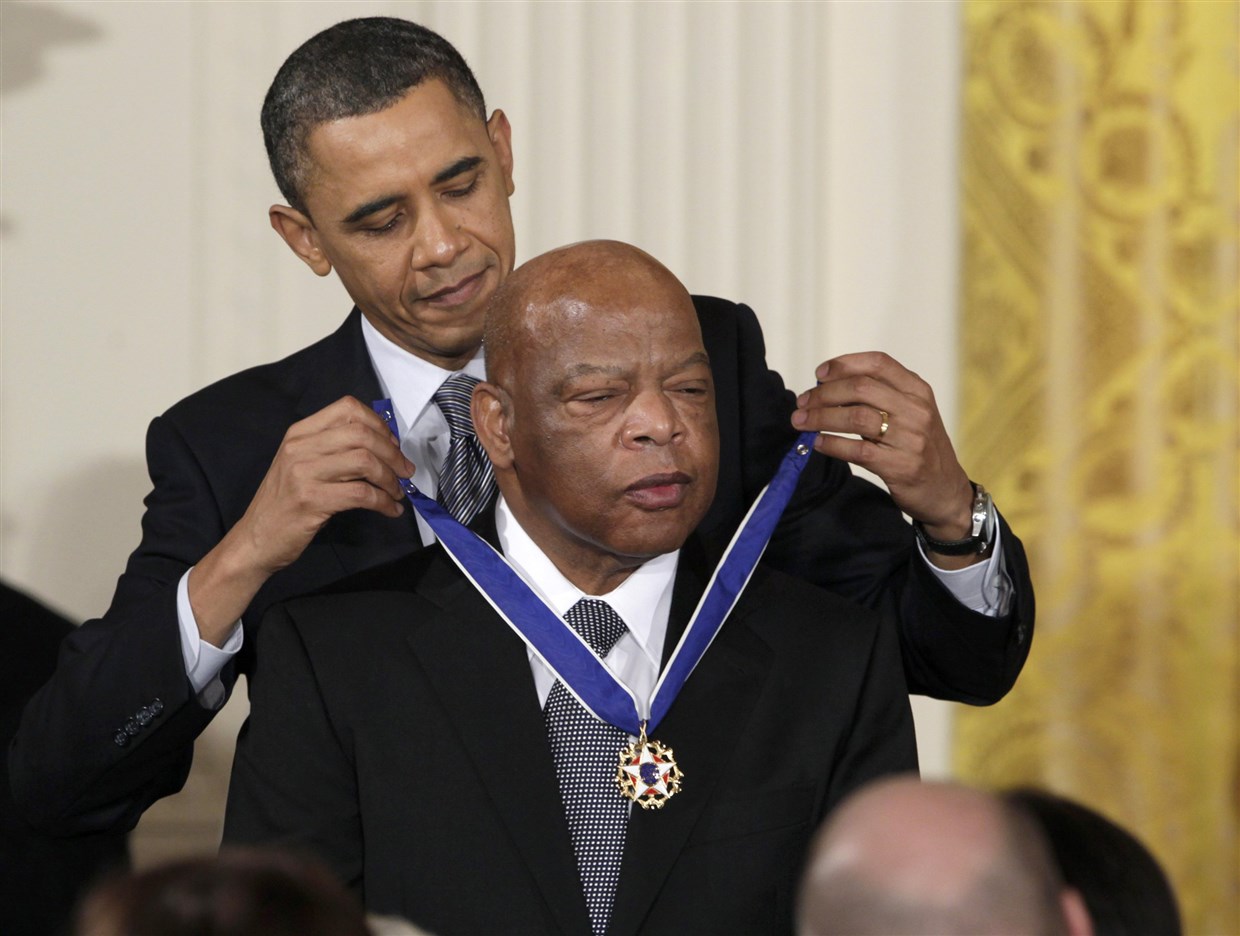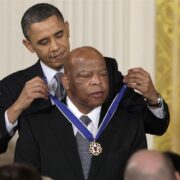
Engaging in a conversation about the current fight against racism, discrimination, and police brutality is most likely a difficult conversation among Filipino families.
There is a reticence among Filipino Americans who were born and educated in the Islands, to participate in militant political activities such as protests here in the United States although they might be more open to it in the Philippines.
During the 1970s and 1980s when I was actively organizing protests here against the Marcos dictatorship in the Philippines, I had always wondered how I could bridge through this reticence for it was obvious that they disapproved of Marcos’ abuses of power. In part, some of them feared retaliation against their families back home. But a better part of their reticence seems to derive from a sense of hiya, a trait or value that expresses a sense of demure shyness and humility tied to a collective sense of duty. [Note: there are stronger senses of this term, as in “walang hiya” shameless. Also, nakakahiya, shameful, while mahiyain suggests demure shyness.]
There is no exact Western translation for this value. Hiya seems to be at the core of this reticence to participate in protest activities, since it may be perceived as ingratitude to our host country. Hiya is at the base of that instinctive reaction among parents who caution their children especially their American born children to desist from getting involved in protest activities.
To be sure, there is a concern for their safety, but for immigrant parents, this is layered with a sense of “hiya” that as immigrants, we cannot be actively involved in social disruptions in this our adopted country. To do so would somehow signify our dissatisfaction with the economic benefits and freedoms, that we have enjoyed by being here — liberties and benefits that we would not otherwise have, if we remained the Philippines.
But there is another social value among Filipinos that should override this sense of hiya. This is the value expressed by the phrase, utang na loob. It acknowledges a sense of debt, or indebtedness, which is non-monetary, but a debt none-the-less, possibly for social favors extended one’s way in the past. Utang na loob requires that the favor be reciprocated, or at least paid forward.
It is precisely because of the liberties and benefits that we have enjoyed by being in America that we have a debt, an utang na loob to support the present fight against racism, discrimination, and police brutality. In an earlier essay, I mentioned that our ability to gain access to elite educational institutions and jobs commensurate to our education most likely derived from federally mandated affirmative action programs and the Civil Rights Act of 1964, which prohibited discrimination based on national origin (as well as discrimination based on race, gender, and religion).
The fact that we can purchase homes in neighborhoods that we can afford, derives directly from the liberty guaranteed by the Fair Housing Act of 1968. The Immigration Reform Act of 1965 overturned the Tydings–McDuffie Act, which limited immigration from the Philippines to no more than 50 a year, and enabled Filipinos to immigrate in much more significant numbers; it enabled those who became U.S. citizens to sponsor family members under its family reunification provisions. All these laws have enabled us to immigrate and establish large and prosperous Filipino American communities. Today we number over 4.1 million according to 2018 census estimates.
But all these did not come for free. The landmark civil rights legislation of the 1960s, was purchased with blood and struggle led by African Americans. Martin Luther King, Jr. and John Lewis along with thousands of African Americans put themselves in harm’s way to open a space for liberties and benefits, which communities of color live under today. But because of white supremacist beliefs, and a culture of white privilege, American society continued to begrudge African Americans (and Native Americans) equality and the civil liberties that were grudgingly extended to immigrants from Asia. Asians appear to have been able to position themselves in that liminal space between white privilege and racism. Unlike Asians, Blacks have always been seen on the other side of this boundary, defined by their skin color, and their history as former slaves.
The Civil Rights Act of 1960 sought to erase this boundary by forbidding discrimination based on race, and famously recognizing their right to vote. Today, a half-century later, we now recognize that it is one thing to legislatively prohibit discrimination, it is quite another, and much more challenging to eliminate the beliefs and attitudes at the foundation of white supremacy and white privilege. Even though Abraham Lincoln decreed the abolition of slavery, the ideology that justified it, white supremacy, could not be rooted out, as it was able to hide behind the curtain of white privilege, a cultural remnant from America’s slave-owning past. I call it racism lite.
The very public murder of George Floyd has torn a large hole in the curtain of white privilege. It reveals police abuse, with malice and impunity. It reveals that the confederate flag is the standard of white supremacists. It reveals that the monuments to confederate generals are meant to honor those that are willing to lay down their lives in order to preserve white supremacy. More importantly, it reveals the pervasiveness of white privilege, and how it protects white supremacists. In light of these protests, we are now seeing pushbacks from these individuals. A white couple from St. Louis threatened peaceful BLM marchers going through their neighborhood with guns and assault rifles (Washington Post); a Florida man murders 2 women who attended a George Floyd rally (Fox News); a heavily armed militia group made a public showing in Louisville (USA Today).
George Floyd’s murder has sparked a protest movement that underscores persistent racial inequalities in today’s America. The present historical moment mirrors the struggles of the 1960s in the sense that the key issues remain largely the same — as reflected by the recommendations of the 1968 Kerner Commission Report. But we have moved forward.
Participants in today’s protests are much more diverse, organizationally, individually, geographically, and demographically. The demographic composition of event participants ranges from the young to the elderly, from the many ethnic communities — people of color — to Anglos. Geographically, protest activities are no longer confined to black or minority neighborhoods. In Southern California, we see then held in Hollywood, and upscale cities like Santa Monica and Beverly Hills. Neither is it confined to just major cities. Smaller towns across America, and countries around the world are echoing the demands of the Black Lives Matter movement. Media and entertainment personalities including corporate America have expressed sympathy and support. The maker of Ben & Jerry’s ice cream has posted an unequivocal statement, at its website: “We Must Dismantle White Supremacy: Silence Is Not An Option.” This is unprecedented.
We are at an inflection point in America’s fight for a more perfect union, for equality — against racism and white supremacy. The passing of Congressman John Lewis, an icon of the civil rights struggles of the 1950s and 1960s, marks this historical inflection point. Congressman Lewis likes to tell the story of when he was growing up, his parents used to admonish him to not get involved in protest activities; they were sharecroppers, beholden to a white landlord. This is like hiya. Filipino immigrant parents feel beholden for the economic opportunities that they enjoy in America, protesting smacks of ingratitude. Rather than just focus on the opportunity to work the land, John Lewis saw injustice and discrimination, and dedicated his life to that struggle.
It is because of him, together with Martin Luther King, Jr., and thousands of African Americans and their allies in the 1950s and 60s, that we, Filipino Americans, reside in a space with economic opportunities and civil rights. Rather than hiya, we really owe. We have a huge utang na loob that we need to pay forward. We cannot continue to rationalize our apathy, dahil sa nakakahiya. We have a burden, an utang na loob from past civil rights struggles. We need to pay it forward by supporting the ongoing protests against racism and police brutality. In doing so, we pay tribute to the life and dedication of Congressman John Lewis.
How can we help:
Educate ourselves on the issues: conversations with family and friends (socially distanced, of course, in a backyard would be perfect). Listen to Black voices to understand their perspective.
Donate: there are expenses for educational materials, leaflets, posters, and the like. Bail, for peaceful protesters who get arrested. Check out blacklivesmatter.com.
Peacefully protest or support protesters if you are able to do so (they need signs, leaflets, etc., drinking water, and even COVID-19 masks). There are websites (blacklivesmatter.com, blmla.org) that provide information about these protests.
*Enrique de la Cruz is Professor Emeritus of Asian American Studies at Cal State University, Northridge.







